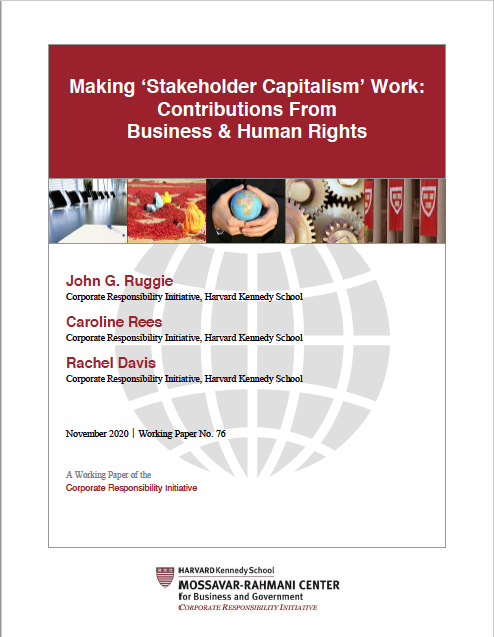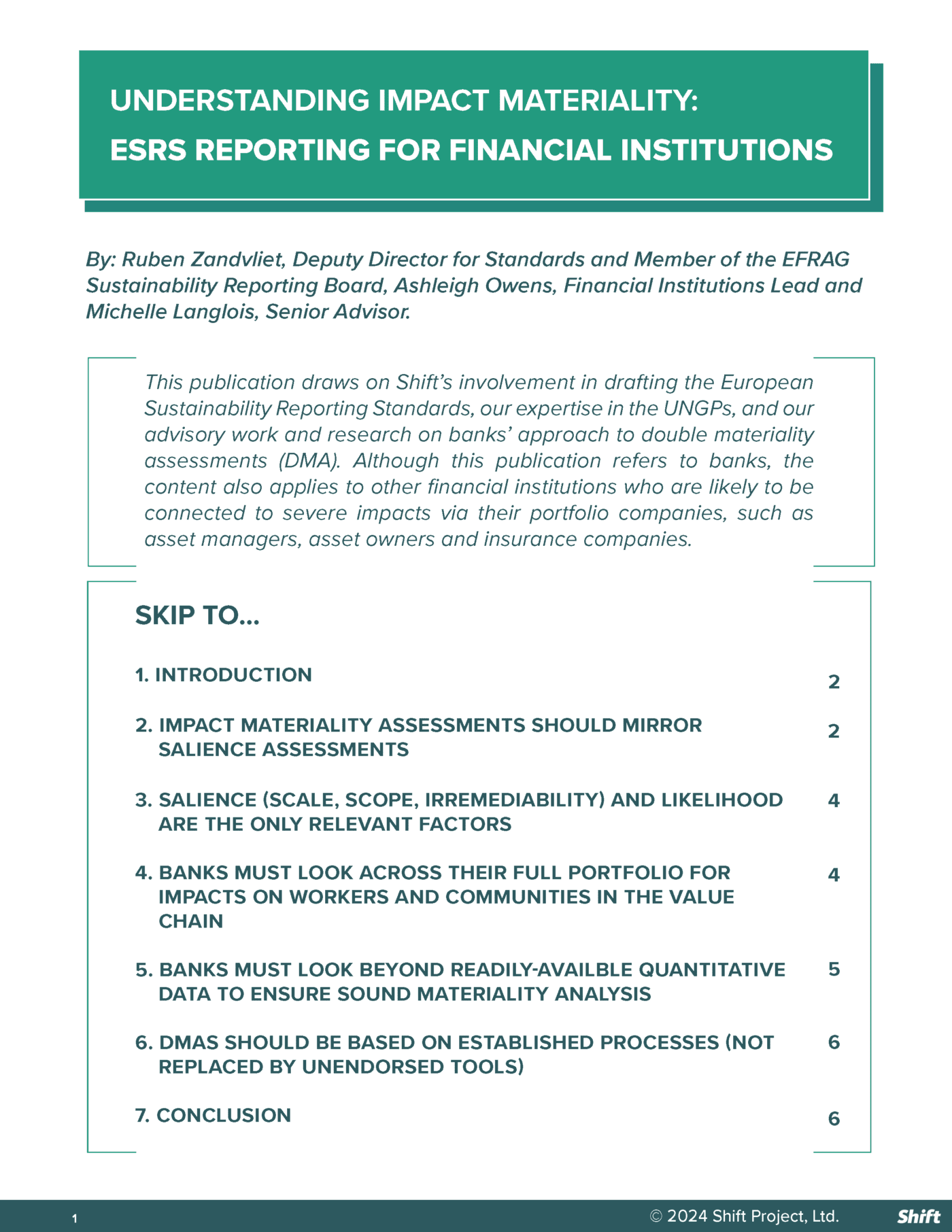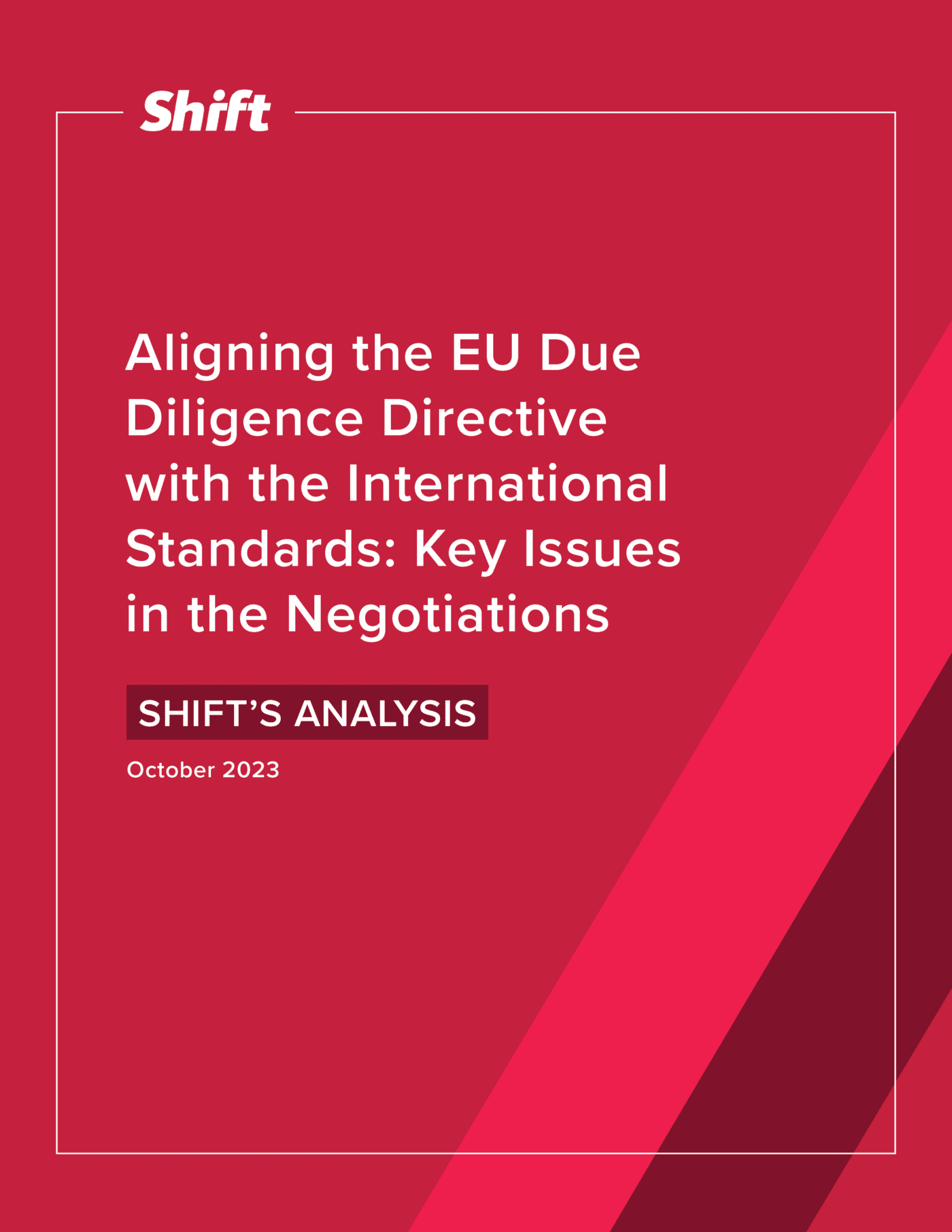For the first time in four decades, leading business associations, corporations, and the corporate law and governance community are seriously debating the social purpose of the corporation. The idea of stakeholder governance – moving beyond shareholder primacy toward some form of ‘stakeholder capitalism’ – is in play. But the how question unveils significant differences of opinion as well as difficulties. Some advocates place their bet on enlightened voluntary cooperation between corporations, large institutional investors, and other stakeholders. Yet considering the financial incentives, the current system affords corporate directors and executives, especially in the Anglo-American system, driven by equity-based compensation, voluntarism by itself is unlikely to move the needle far enough. Others provide long and detailed lists of a dozen or more bodies of law and regulations that should be reformed to ensure that accountability to wider stakeholders is established. But that inevitably poses multiple political impediments and therefore takes time. For their part, critics of ‘stakeholderism’ posit what amounts to an impossibility theorem, contending that corporate leaders simply are unable to identify ex ante who the relevant stakeholders are, or to devise a formula regarding how to weigh and balance their conflicting interests – let alone how their concerns would be represented at board levels.
In contrast, we focus on a pathway that reflects the ambition of stakeholder capitalism, but which current reform proposals have largely overlooked. We draw on practical experience in the field of business and human rights, where leading companies are increasingly embedding human rights due diligence processes into their strategic decision-making. As human rights due diligence is made mandatory for companies, which it is in a growing number of jurisdictions – with debate centered in but not limited to Europe – risks to stakeholders become a significant corporate governance issue. It makes it necessary that their concerns are addressed and requires demonstration that indeed they are. Such changes by themselves may not constitute a full-blown system of multi-fiduciary obligations, but they mark substantial strides on the path toward it, and they are doing it in the relatively near-term.




